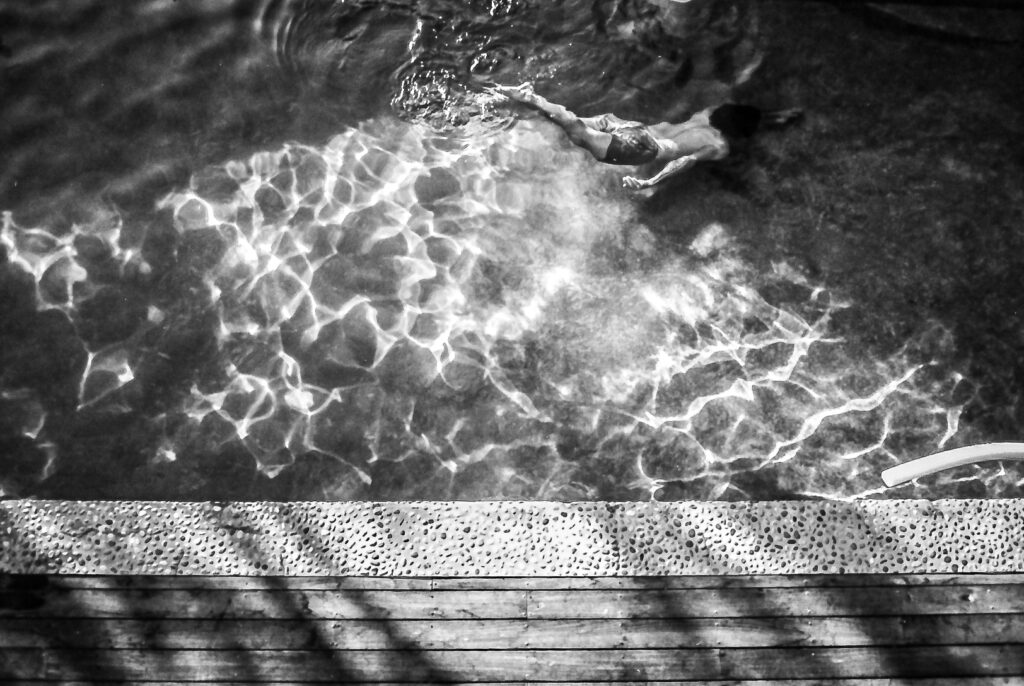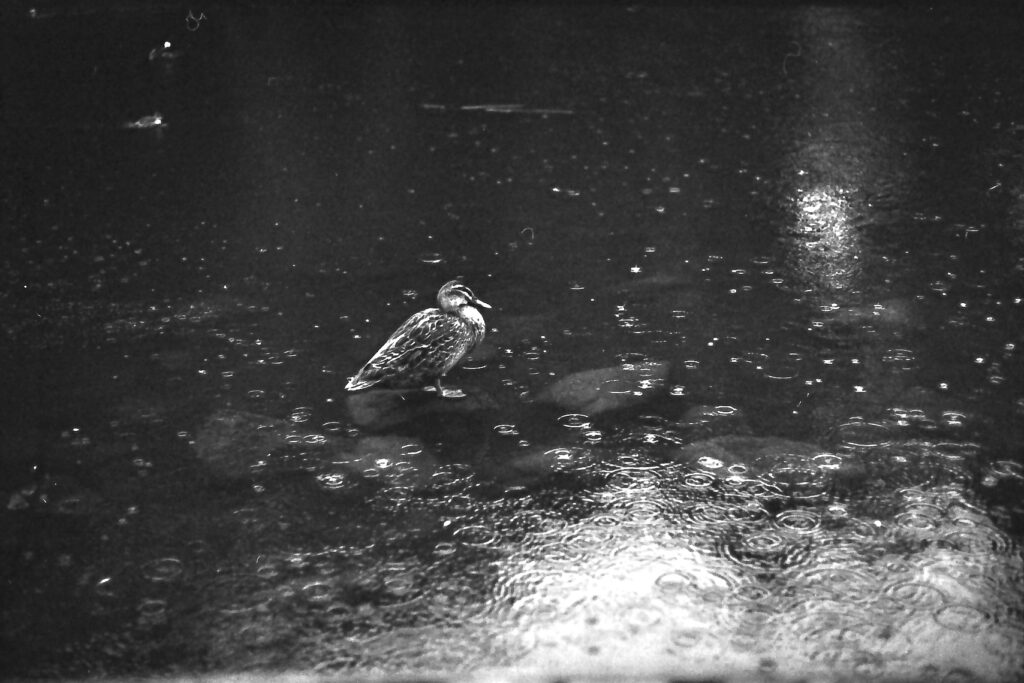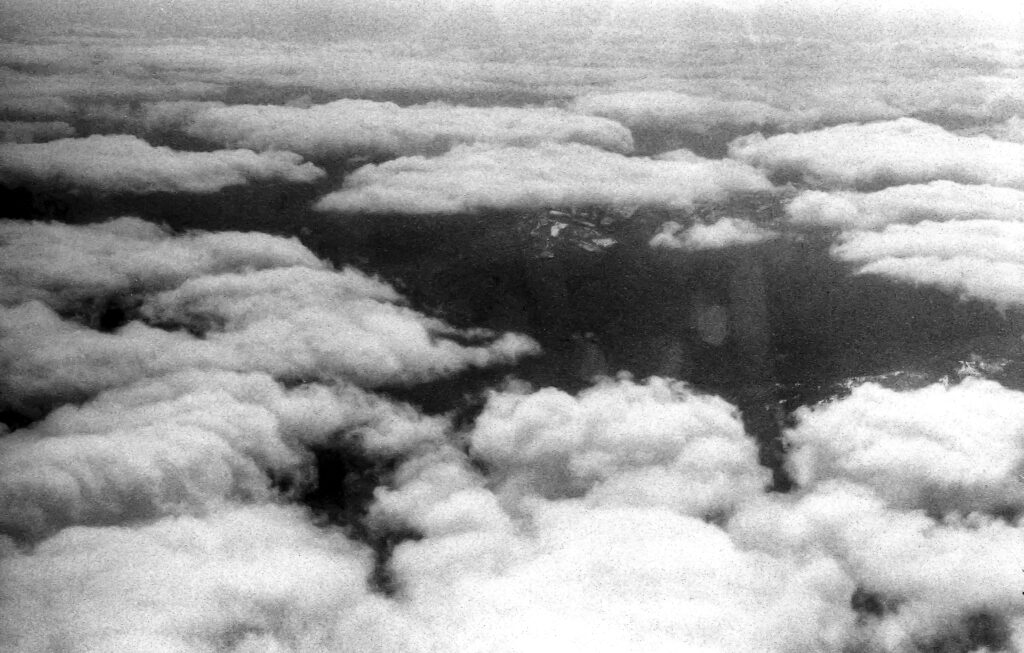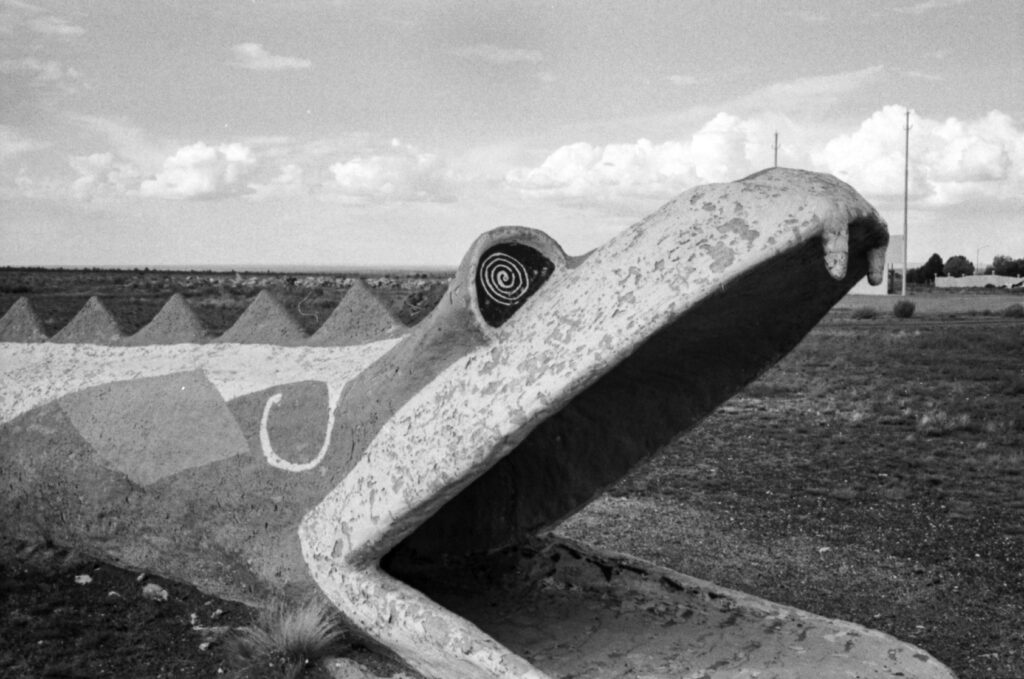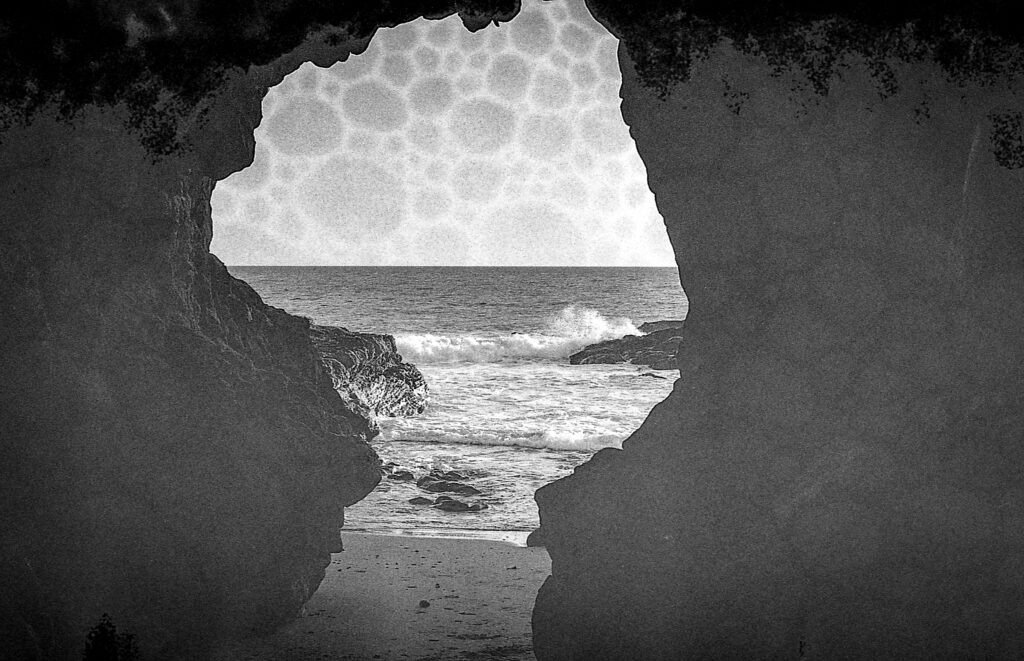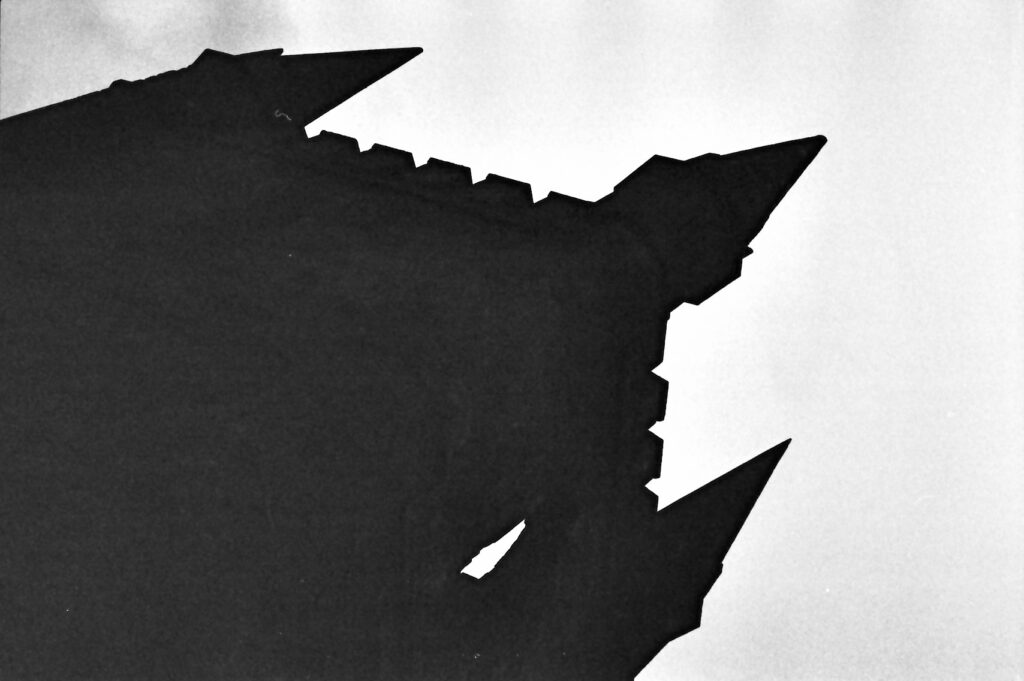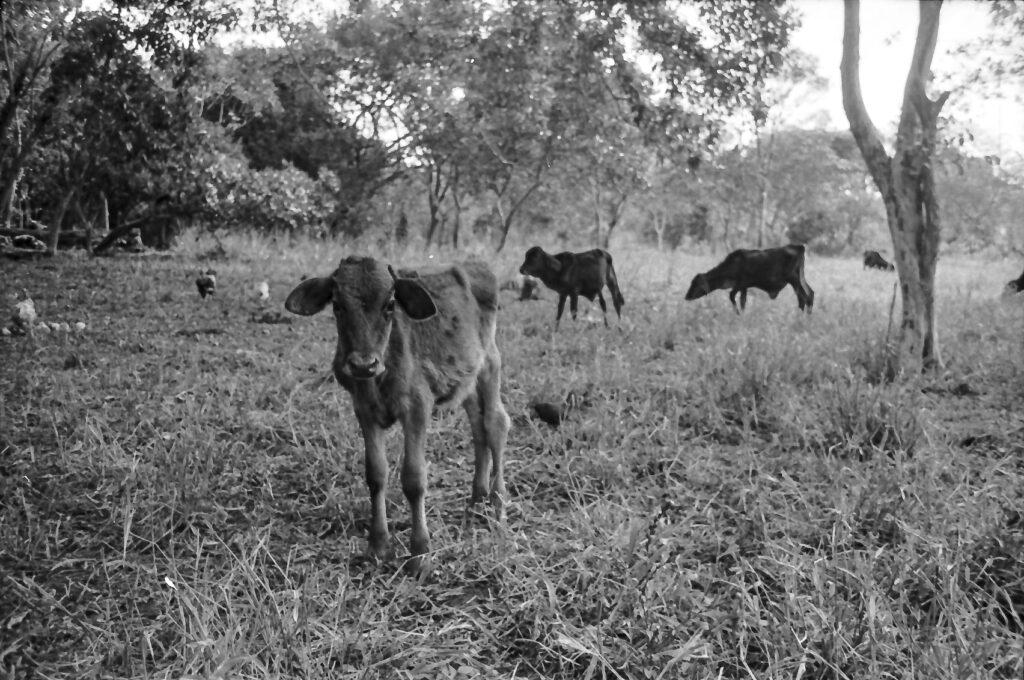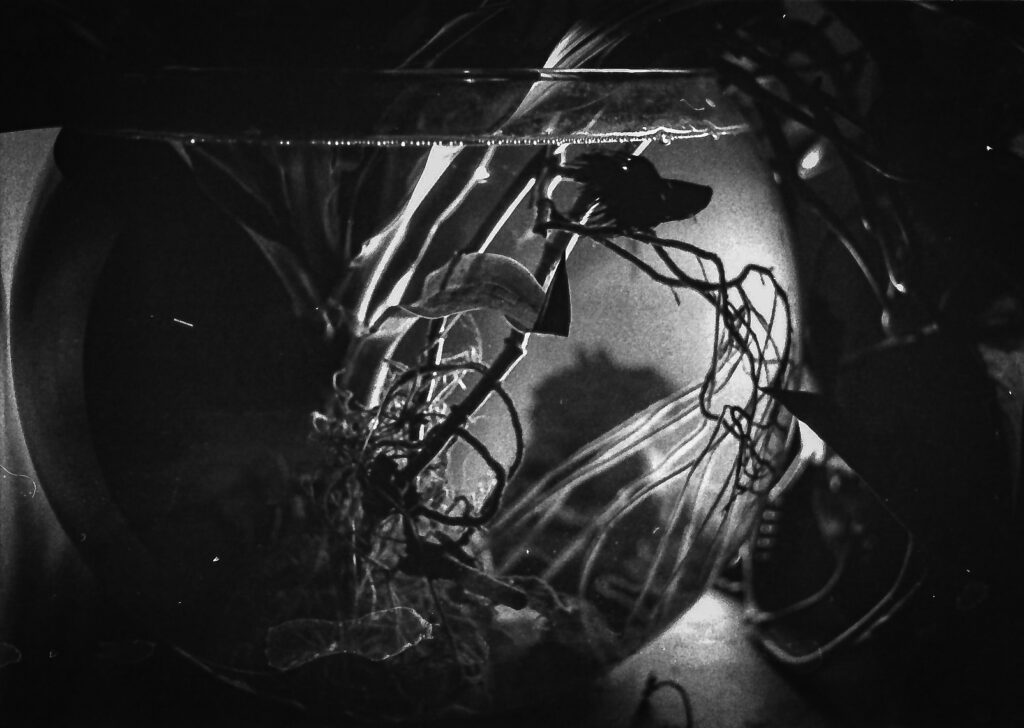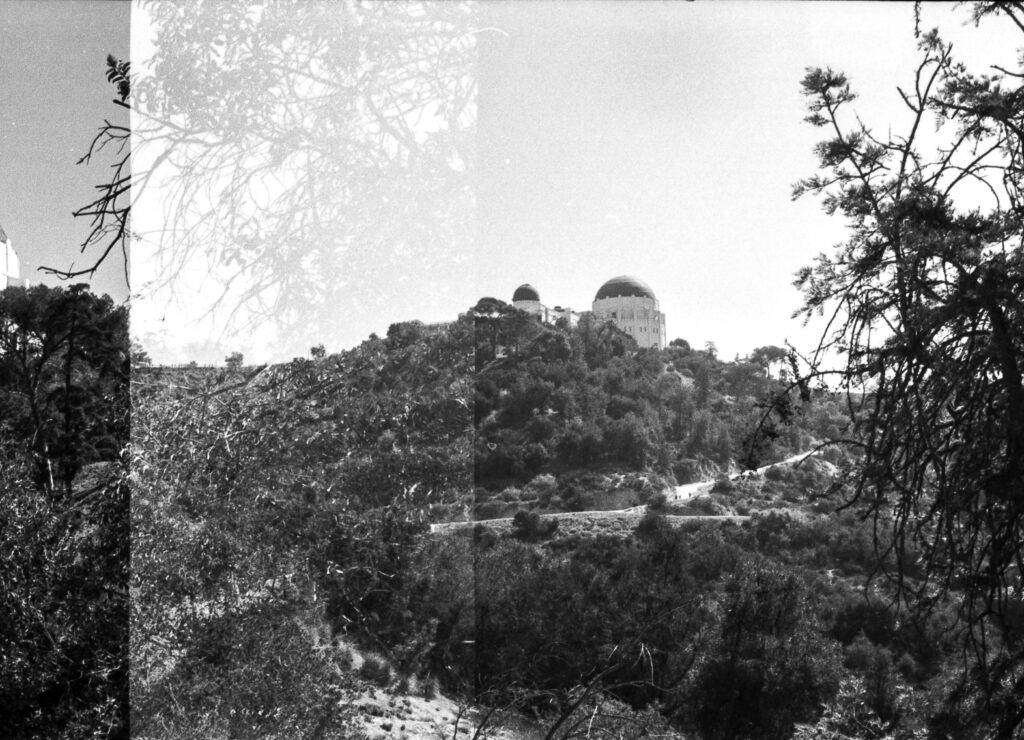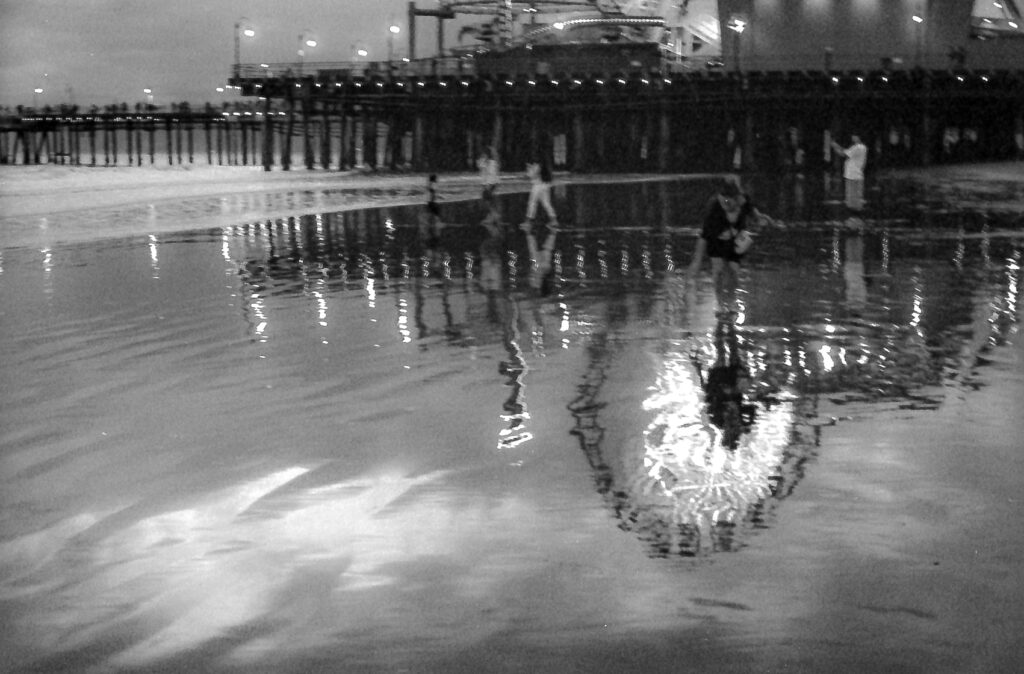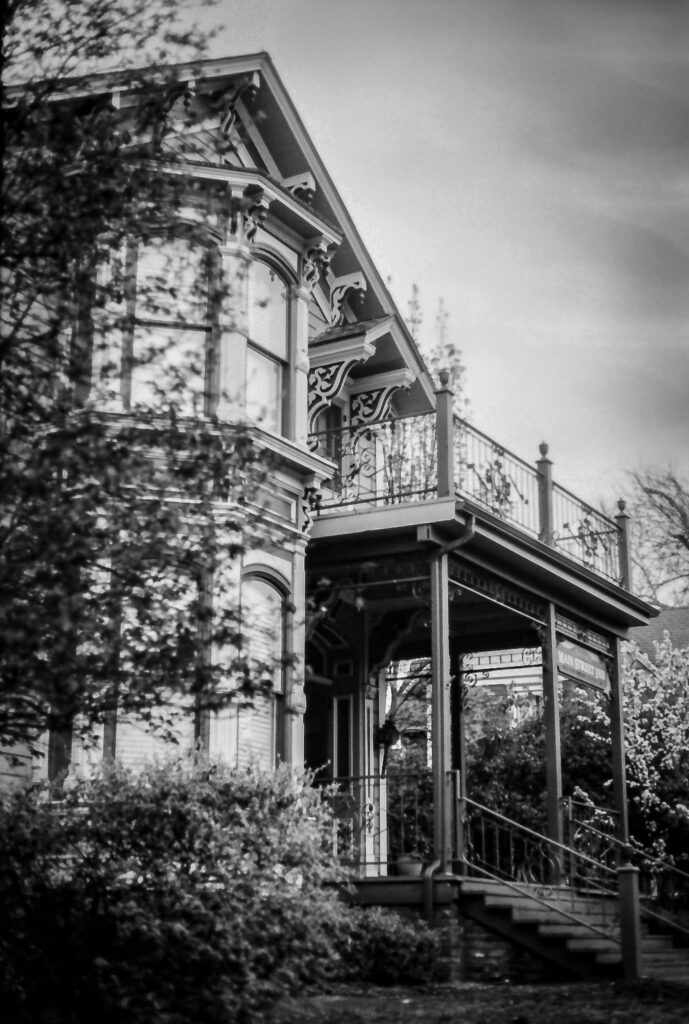"Preserving the Past, Captivating the Present: The Enchantment of Black and White Film Photography"/
"PRESERVANDO EL PASADO, CAPTURANDO EL PRESENTE: EL ENCIANTO DE LA FOTOGRAFÍA EN BLANCO Y NEGRO CON PELÍCULA"
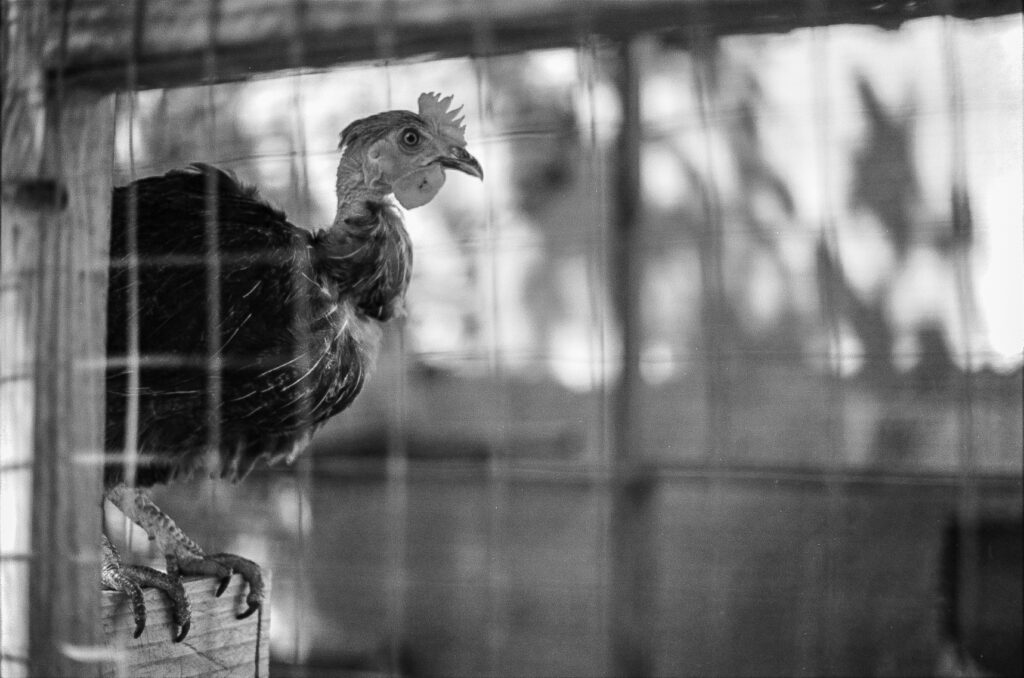
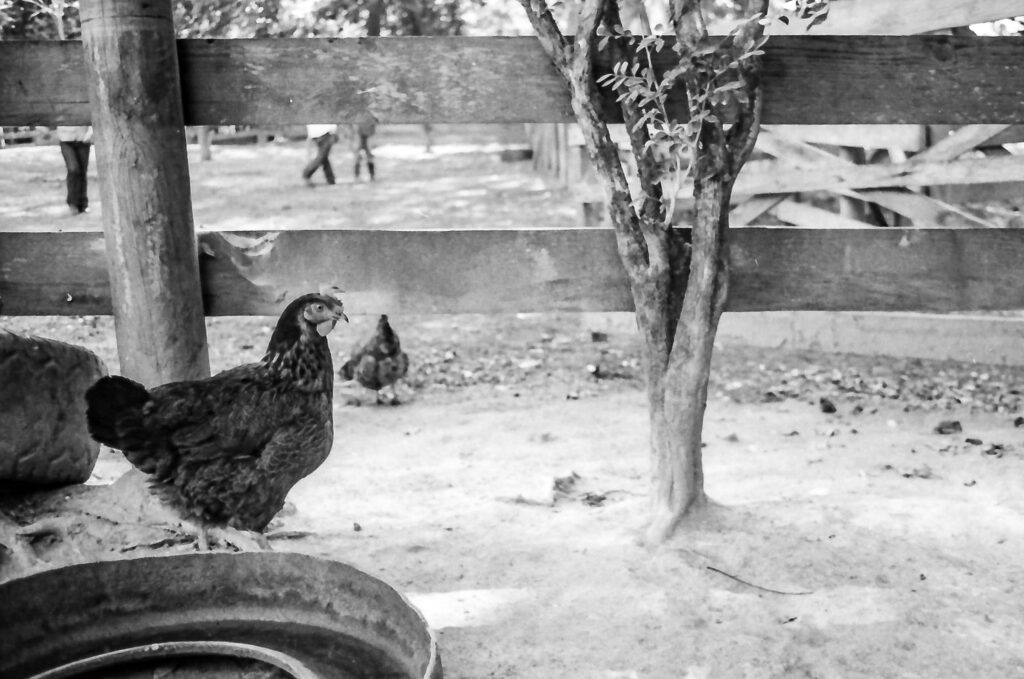
Black and white film photography holds a special place in the hearts of many photographers and art enthusiasts. Despite the advent of digital photography, the timeless beauty of monochrome images continues to captivate us with its simplicity, elegance, and ability to convey emotions in a unique way. In this entry, we will delve into the magic of black and white film photography and explore why it remains a cherished art form for many.
The Allure of Black and White: There is a certain charm to black and white film photography that is hard to replicate in color. The absence of color shifts the focus to other elements such as composition, contrast, and texture, allowing the viewer to see the world in a different light. Black and white images often evoke a sense of timelessness, as they transcend the constraints of specific eras or trends, making them enduring and classic.
Embracing Simplicity: One of the beauties of black and white film photography is its simplicity. With no color distractions, photographers can focus on the essentials of a photograph, such as light, shadow, lines, and shapes. This simplicity can lead to a deeper appreciation of the subject and its inherent beauty, allowing the photographer to capture the essence of a moment in a more minimalist and impactful way.
Expressing Mood and Emotion: Black and white film photography has a unique ability to convey mood and emotion in a powerful and evocative manner. The play of light and shadow, the subtle nuances of tones, and the rich textures can all work together to create a sense of drama, melancholy, or nostalgia in a photograph. This ability to convey emotion through monochrome imagery provides endless possibilities for creative expression and storytelling.
Exploring Contrast and Texture: Contrast and texture are two essential elements in black and white film photography. The interplay between light and shadow, and the varying tones of gray, can create striking contrasts that add depth and dimension to an image. Additionally, the grain structure of film, combined with the characteristics of different film stocks, can add unique textures to the final print, enhancing the overall aesthetic and mood of the photograph.
The Art of Film Printing: The darkroom process of printing black and white film is an art form in itself. From selecting the right paper to choosing the right exposure and development techniques, the process of making a fine print requires skill, creativity, and experimentation. The hands-on nature of darkroom printing adds an additional layer of artistry and craftsmanship to the final image, resulting in a truly unique and tangible piece of art.
Preserving the Craft: As digital photography has become more prevalent, the art of black and white film photography has also gained renewed appreciation as a nostalgic and authentic medium. Many photographers and enthusiasts continue to shoot and print with film, not only for its aesthetic qualities but also to preserve the craft, history, and heritage of traditional photography. Black and white film photography serves as a reminder of the roots of photography and the artistry and craftsmanship that goes into creating each image.
Black and white film photography is a timeless and captivating art form that continues to inspire and captivate photographers and art enthusiasts alike. Its simplicity, ability to convey mood and emotion, exploration of contrast and texture, and the art of darkroom printing all contribute to its enduring appeal. Whether you are a seasoned film photographer or a newcomer to the medium, exploring the beauty of monochrome film photography can be a rewarding and fulfilling journey that allows you to create truly unique and expressive images that stand the test of time.
I selected diverse images from my archives to showcase a little how colorful black and white photography can be.
La atracción del blanco y negro: La fotografía en blanco y negro ocupa un lugar especial en el corazón de muchos fotógrafos y amantes del arte. A pesar del advenimiento de la fotografía digital, la belleza atemporal de las imágenes monocromáticas continúa cautivándonos con su simplicidad, elegancia y capacidad para transmitir emociones de una manera única. En esta entrada, profundizaremos en la magia de la fotografía en blanco y negro y exploraremos por qué sigue siendo una forma de arte apreciada por muchos.
Abrazando la simplicidad: Una de las bellezas de la fotografía en blanco y negro es su simplicidad. Sin distracciones de color, los fotógrafos pueden centrarse en los elementos esenciales de una fotografía, como la luz, la sombra, las líneas y las formas. Esta simplicidad puede llevar a una apreciación más profunda del sujeto y su belleza inherente, permitiendo al fotógrafo capturar la esencia de un momento de una manera minimalista y impactante.
Expresando estado de ánimo y emoción: La fotografía en blanco y negro tiene la capacidad única de transmitir estado de ánimo y emoción de una manera poderosa y evocadora. El juego de luces y sombras, los sutiles matices de grises y las ricas texturas pueden trabajar juntos para crear una sensación de drama, melancolía o nostalgia en una fotografía. Esta capacidad de transmitir emociones a través de imágenes monocromáticas brinda infinitas posibilidades para la expresión creativa y la narración de historias.
Explorando el contraste y la textura: El contraste y la textura son dos elementos esenciales en la fotografía en blanco y negro. La interacción entre la luz y la sombra, y los distintos tonos de gris, pueden crear contrastes llamativos que agregan profundidad y dimensión a una imagen. Además, la estructura del grano del film, combinada con las características de los distintos tipos de película, puede agregar texturas únicas a la impresión final, realzando el aspecto estético y el estado de ánimo general de la fotografía.
El arte de la impresión en film: El proceso de impresión en blanco y negro en el cuarto oscuro es una forma de arte en sí misma. Desde la selección del papel adecuado hasta la elección de las técnicas de exposición y revelado adecuadas, el proceso de hacer una impresión de calidad requiere habilidad, creatividad y experimentación. La naturaleza práctica de la impresión en el cuarto oscuro agrega una capa adicional de arte y artesanía a la imagen final, resultando en una pieza de arte verdaderamente única y tangible.
Preservar la artesanía: A medida que la fotografía digital se ha vuelto más prevalente, el arte de la fotografía en blanco y negro con película ha ganado una renovada apreciación como medio nostálgico y auténtico. Muchos fotógrafos y entusiastas continúan fotografiando e imprimiendo con película, no solo por sus cualidades estéticas, sino también para preservar la artesanía, la historia y la herencia de la fotografía tradicional. La fotografía en blanco y negro con película sirve como un recordatorio de las raíces de la fotografía y de la artesanía y destreza que se requiere para crear cada imagen.
La fotografía en blanco y negro con película es una forma de arte atemporal y cautivadora que sigue inspirando y atrayendo a fotógrafos y aficionados al arte por igual. Su simplicidad, capacidad para transmitir estados de ánimo y emociones, exploración del contraste y la textura, y el arte de la impresión en cuarto oscuro, todo contribuye a su apelación perdurable. Ya sea que seas un fotógrafo experimentado con película o un principiante en el medio, explorar la belleza de la fotografía en blanco y negro puede ser un viaje gratificante y enriquecedor que te permite crear imágenes verdaderamente únicas y expresivas que perduran en el tiempo.
Seleccioné diversas imágenes de mis archivos para mostrar un poco cómo la fotografía en blanco y negro puede ser colorida.
